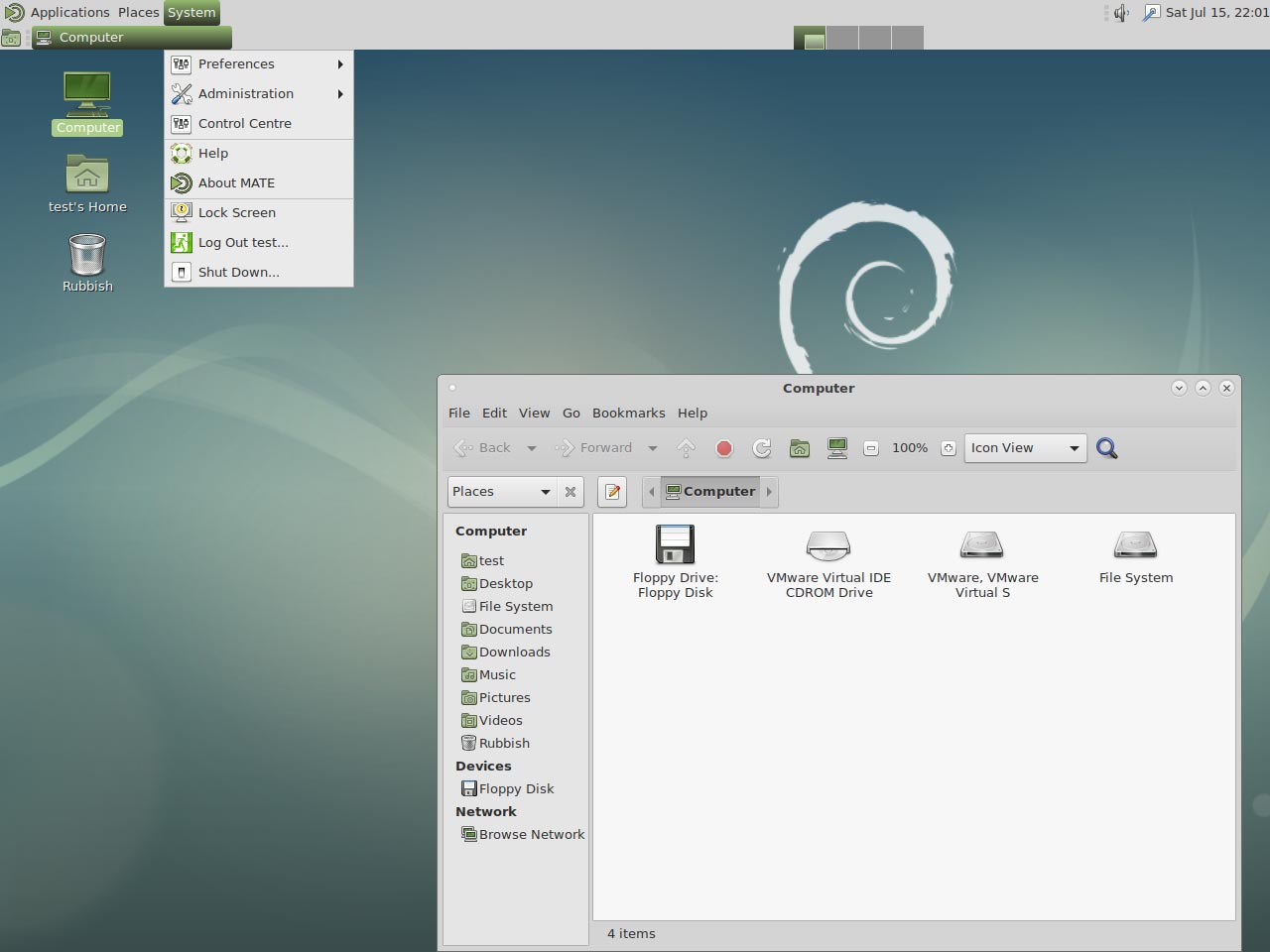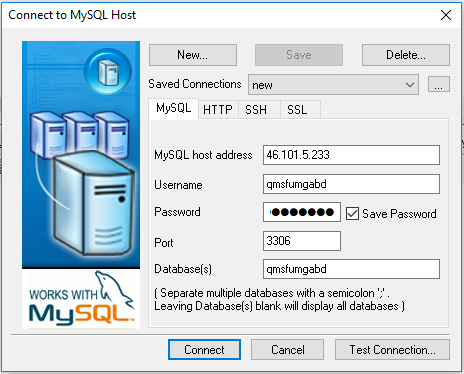

You’ll then see: List of all MySQL commands:

To generate a list of commands for the MySQL prompt, enter \h. You’ll then be presented with a welcome header and the MySQL prompt as shown below: mysql> To log in to MySQL as the root user: mysql -u root -p The MySQL client is used through a terminal. The standard tool for interacting with MySQL is the mysql client which installs with the mysql-server package.

You can read more about the script in the MySQL Reference Manual. It is recommended that you answer yes to these options. You will be given the choice to change the MySQL root password, remove anonymous user accounts, disable root logins outside of localhost, and remove test databases. Run the mysql_secure_installation script to address several security concerns in a default MySQL installation. If you decide to bind MySQL to your public IP, you should implement firewall rules that only allow connections from specific IP addresses. Allowing unrestricted access to MySQL on a public IP not advised, but you may change the address it listens on by modifying the bind-address parameter in /etc/my.cnf.


 0 kommentar(er)
0 kommentar(er)
